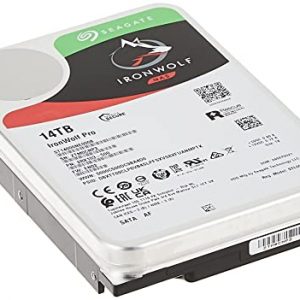Everyone has heard the term IP address before. We’ll explain in simple terms what it’s all about.
In principle, it is just as simple as with any other addresses: whether it is acity and street name or an e-mail or Internet address, all addresses indicate a specific location or recipient. That’s the same thing with an IP address. IP stands for Internet Protocol and it becomes clear that these address are made for networks. An IP address designates exactly one device in the network.
Like a license plate for your devices
You could also compare it to license plates for cars: each car has a unique license plate, so you can assign traffic violations to just that car (and thus to the owner). IP addresses are exactly connected to one device on the network to send them exactly the data they requested.
Example: You have a Wi-Fi at home and a MacBook and an iPad with which you surf the net are connected at the same time. Both have a different IP address, so a different number plate, e.g. 192.168.1.21 and 192.168.1.22. Thus, the wireless router knows exactly which device made which request (e.g., “call the Apple website”) and then redirects the data accordingly (“here is the Apple website”). So nothing gets mixed up.
Even in a large context, it works exactly like this: Every Internet connection has its own IP address, so the Telekom (or another provider) knows exactly which customer with which IP address is surfing the web.
Number, please!
Conclusion: An IP address is nothing more than a unique number for a network device, which serves to assign network traffic to the right devices. It is the name of your devices.



